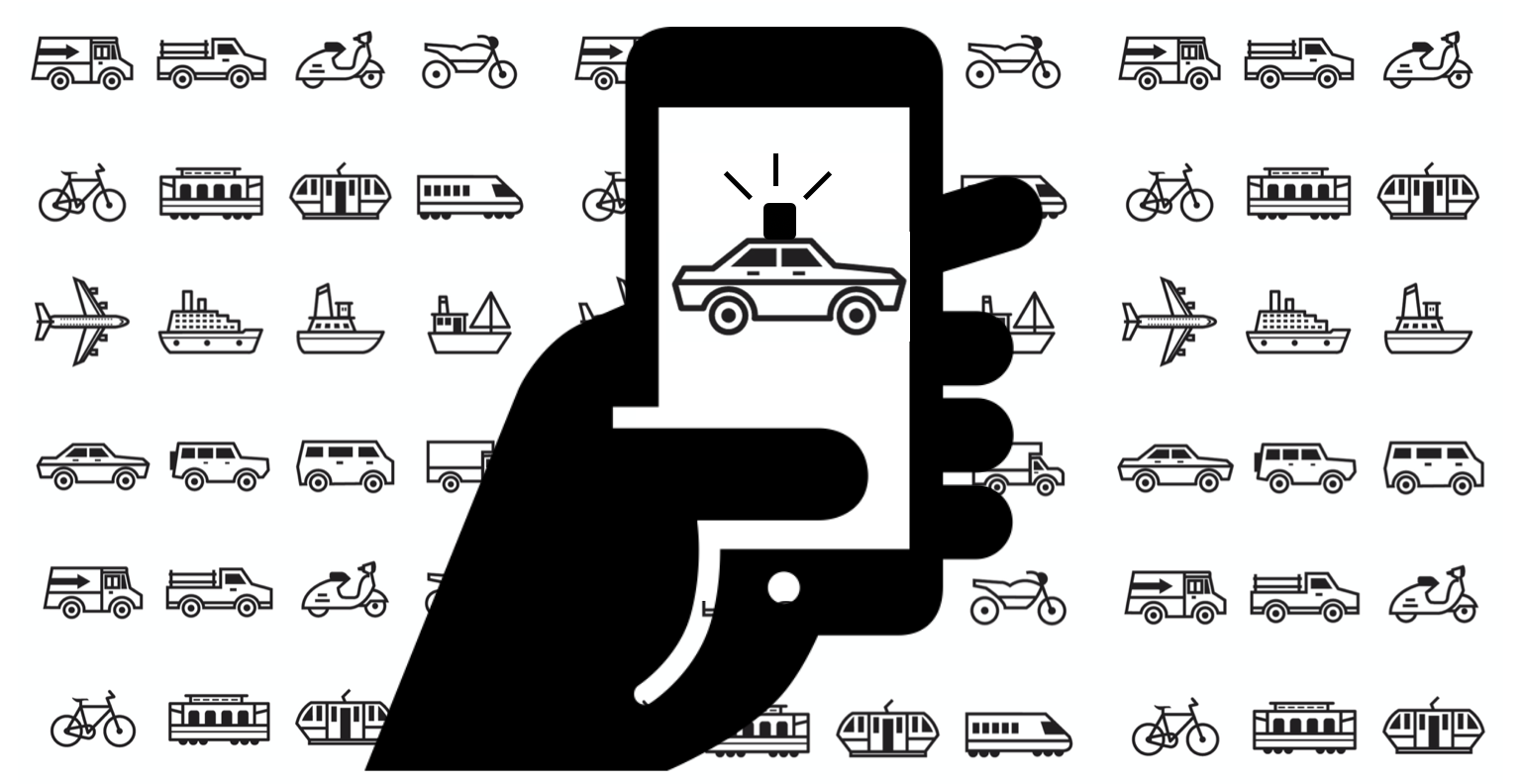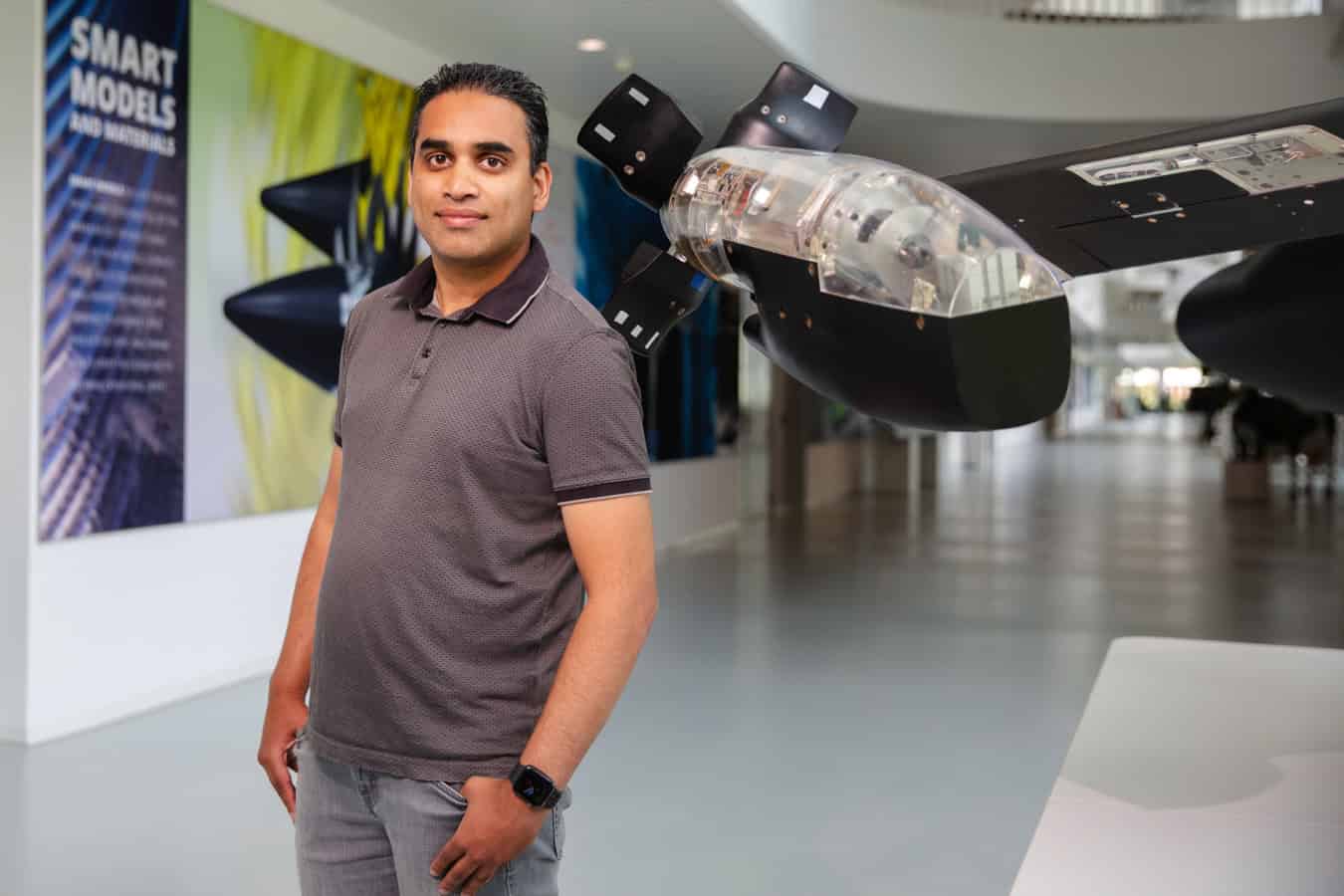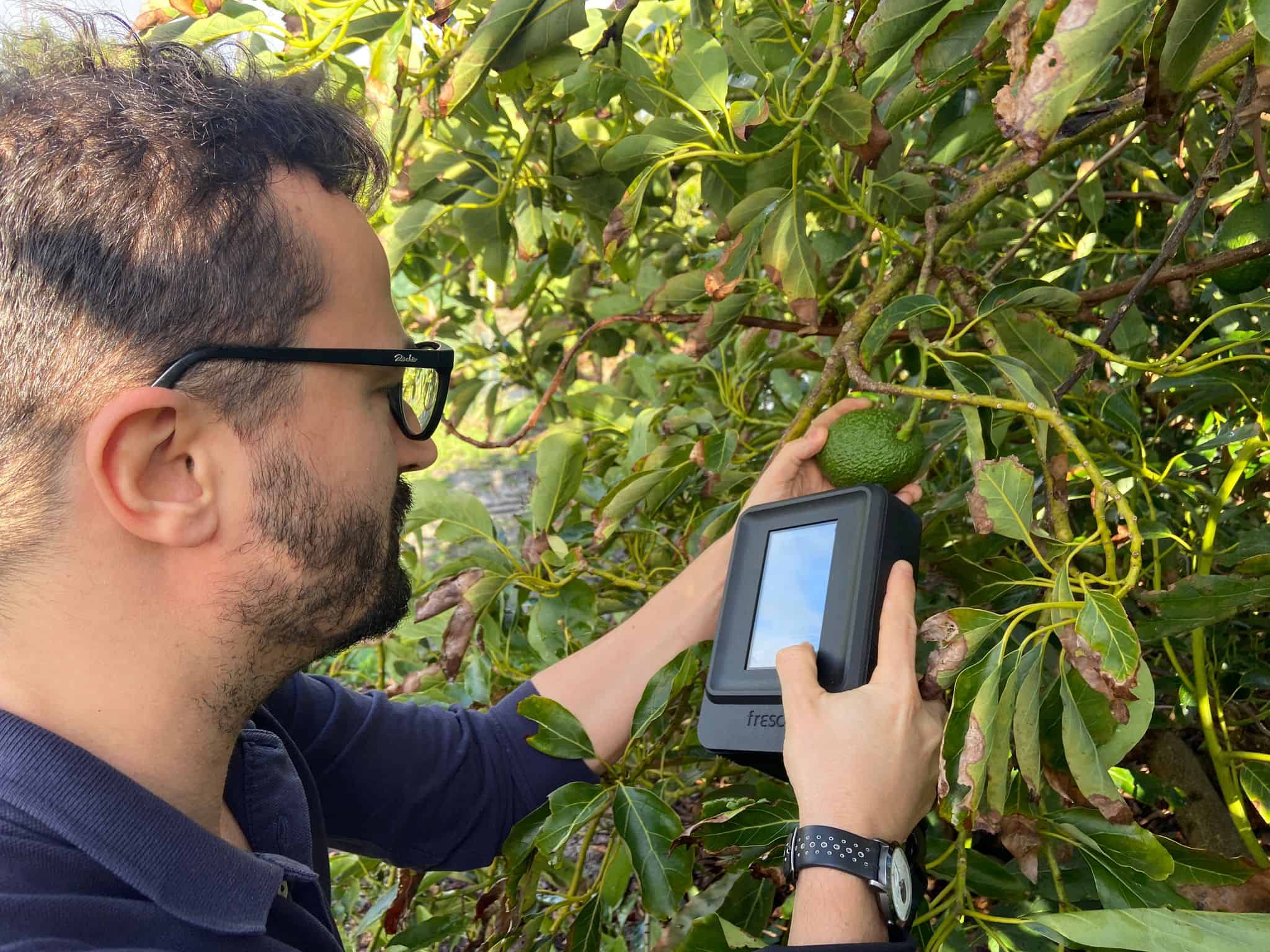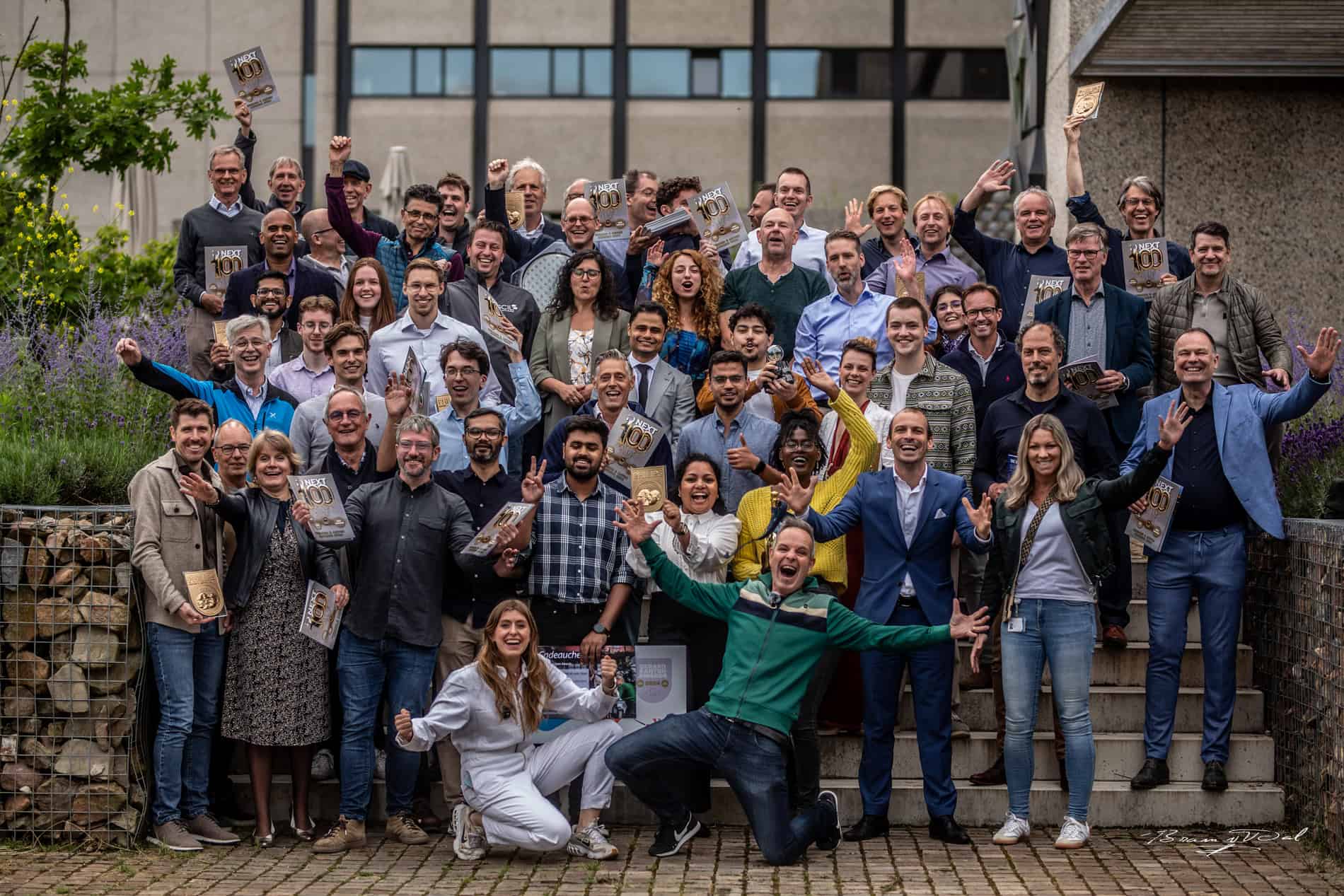
After the iPad Pro, the iPhone 12 now also has a new kind of camera: a Lidar (Light Detection And Ranging). This is a radar, but with light waves. With this Lidar, you can very accurately observe objects, scan your surroundings, and measure depth. A radar emits radio waves in pulses. By measuring the reflected waves, you can determine the distance to objects. However, radio waves are relatively long, making it difficult to see small things. Light waves are shorter, so the accuracy is higher.

Until now, a Lidar is an expensive device, used for example on top of an autonomous Google car. Lidar is used there, next to cameras and radars, as a third important sensor. These Lidars are professional systems with a price tag of €20,000 or more. They have rotating mirrors, which direct and measure the light beams. All those moving parts make this kind of Lidars very expensive.
The cheaper Lidars that Apple uses, the so-called Solid-State Lidars, are made with IC technology. With chip technology, an integrated circuit is manufactured with a whole matrix of either micromirrors or light sources. They are in fact photonic chips, so with optical components. These Solid-State Lidars can be mass-produced, making them at least a hundred times cheaper than traditional Lidar systems.
If you are or will be the lucky owner of an iPhone 12, you can use your Lidar to create three-dimensional images in addition to your regular photos. In the future, you can use Lidar for gaming or augmented reality. Or you can make 3D prints of your images. You can also accurately measure the space in which you walk.
“Cheap Lidar can provide a breakthrough of intelligence on our roads.”
Maarten Steinbuch
More important perhaps is that this development paves the way for cheap Lidar systems in cars – even though the requirements for car applications are much stricter. For example, you need to be able to look as far as a hundred meters, even in extreme cold or heat. But the development of IC-technology-based Lidar systems that is now underway will continue and will have a significant impact on the automotive sector.
Most car manufacturers are convinced that without Lidar, so only with cameras and radar, truly autonomous driving in all weather conditions is difficult. Cheap Lidar can provide a breakthrough of intelligence on our roads.
We have seen similar breakthroughs before with radar, since that’s also made with cheap IC technology, and with cameras because of their application in smartphones. In this way, our smartphone dependency is ultimately decisive for the development of modern car technology.
Maarten Steinbuch and Carlo van de Weijer are alternately writing this weekly column, originally published (in Dutch) in FD. Did you like it? There’s more to enjoy: a new book with a selection of these columns has just been published at Lecturis.







